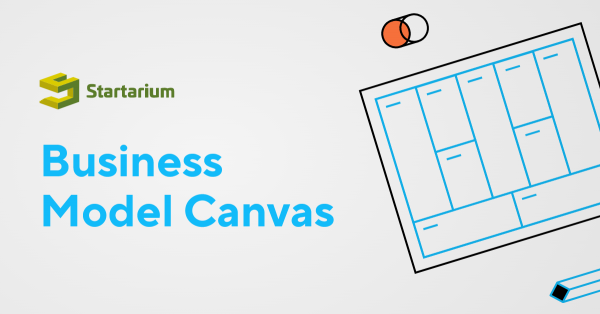Ideation is a creative process in which designers brainstorm ideas in groups (e.g., brainstorming, worst possible idea). In the Design Thinking process, it is the third step. In a supported, judgment-free setting, participants assemble with open minds to generate as many ideas as they can to answer a problem statement.

Gaining the perspective needed to develop design solutions is difficult. You'll need a dedicated location for standing back and seeking and seeing every perspective to conduct good ideation sessions. However, your team must first identify the appropriate problem to treat. After "Empathize" (gaining user insights via research/observation) and "Define" (identifying links/patterns within those insights to produce a meaningful and feasible issue statement or point of view), Ideation, or "Ideate," is the third phase in the Design Thinking process.
Hundreds of ideation techniques are available to aid you in your brainstorming sessions. You're looking for an ideation method that blends your conscious and unconscious minds, blending the rational and the creative. It must represent your team's personality, requirements, and experience with ideation, as well as the kind of ideas they must develop. Among the most important are:
- Brainstorming — You create good ideas by building on other people's crazy ideas.
- Brain Dumping is similar to brainstorming; however, it is done on an individual basis.
- Brainwriting — Similar to brainstorming, except instead of discussing ideas, everyone writes them down and shares them around for others to contribute to.
- Brainwalking — Similar to brainstorming, except participants move about the room, contributing to one other's ideas.
- Worst Possible Idea - You use an inverted brainstorming method, encouraging more reserved people to develop poor ideas while also generating useful threads.
- Overturning Assumptions — You challenge long-held views about situations, offering new perspectives.
- Mind Mapping — This graphical approach is used to relate thoughts to the primary and minor characteristics of situations.
- Sketching/Sketchstorming — You communicate ideas/potential solutions and explore the design area using rough sketches/diagrams.
- Storyboarding — You create a visual tale about a problem, design, or solution to demonstrate the dynamics of a situation.
- Scamper — To find answers, you employ action verbs such as "substitute," "combine," "adapt," "modify," "put to another use," "eliminate," and "reverse."
- Bodystorming — To uncover solutions, you employ role-playing in scenarios/customer journey phases.
- Analogies - You use analogies to help you explain your thoughts more effectively.
- Provocation — You utilise an intense lateral-thinking strategy to question long-held assumptions and explore new possibilities.
- Movement — You use a "what if?" strategy to overcome roadblocks in ideation and identify themes/trends/attributes that lead to dependable solutions.
- Cheat Storm — As a stimulus, you utilise already created stuff.
- Crowdstorming — To deliver meaningful solution insights, your target audiences produce and validate ideas through feedback (e.g., social media).
- Creative pause — You take a creative break to step back from potential stumbling blocks.























